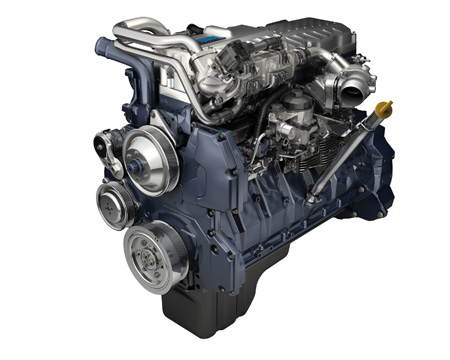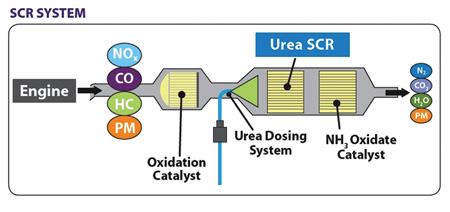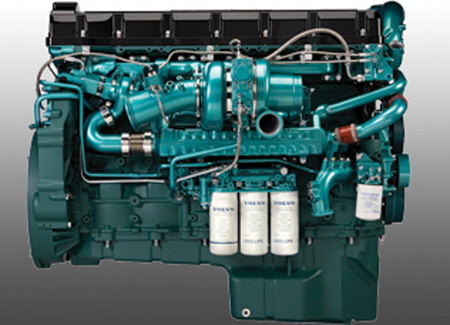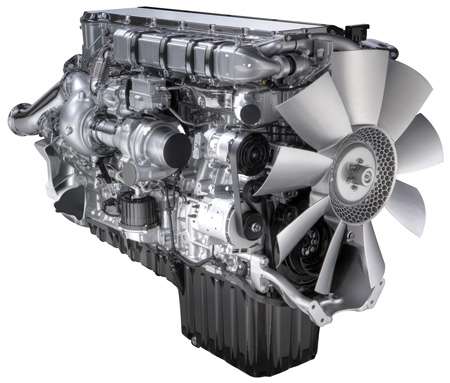 Good news! You won’t be faced with any new engine technology in a
Good news! You won’t be faced with any new engine technology in a
couple of years. While engine makers are planning on using various
means to qualify their products for the enhanced emissions regulations
that will take effect in 2010, all will use technologies long proven on
the road. Most manufacturers, especially those with European ties, have
indicated that they be using selective catalytic reduction (SCR) to
reduce nitrogen oxides emissions (NOx) from tail pipe emissions. This
is a technology that has been used in Europe for a number of years but
has not yet been used to any extent in the automotive market here in
North America.
It’s certainly not a new technology. SCR was first patented here in
the United States in 1957 and has undergone development ever since. It
is widely used to control NOx emissions from large stationary diesel
engines as well as coal-fired power generating plants. It is, in short,
a well known and proven technology.
What is SCR?
















